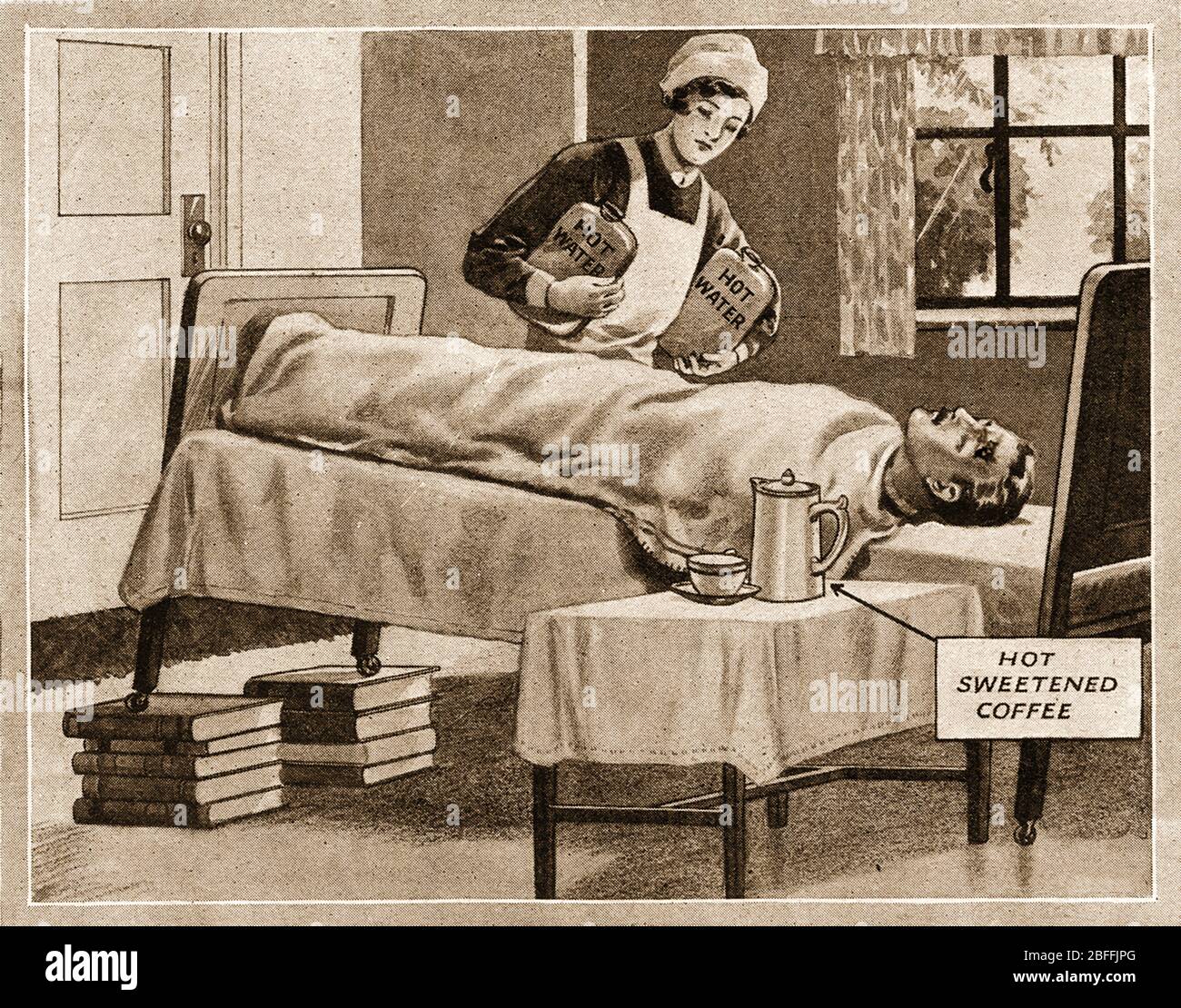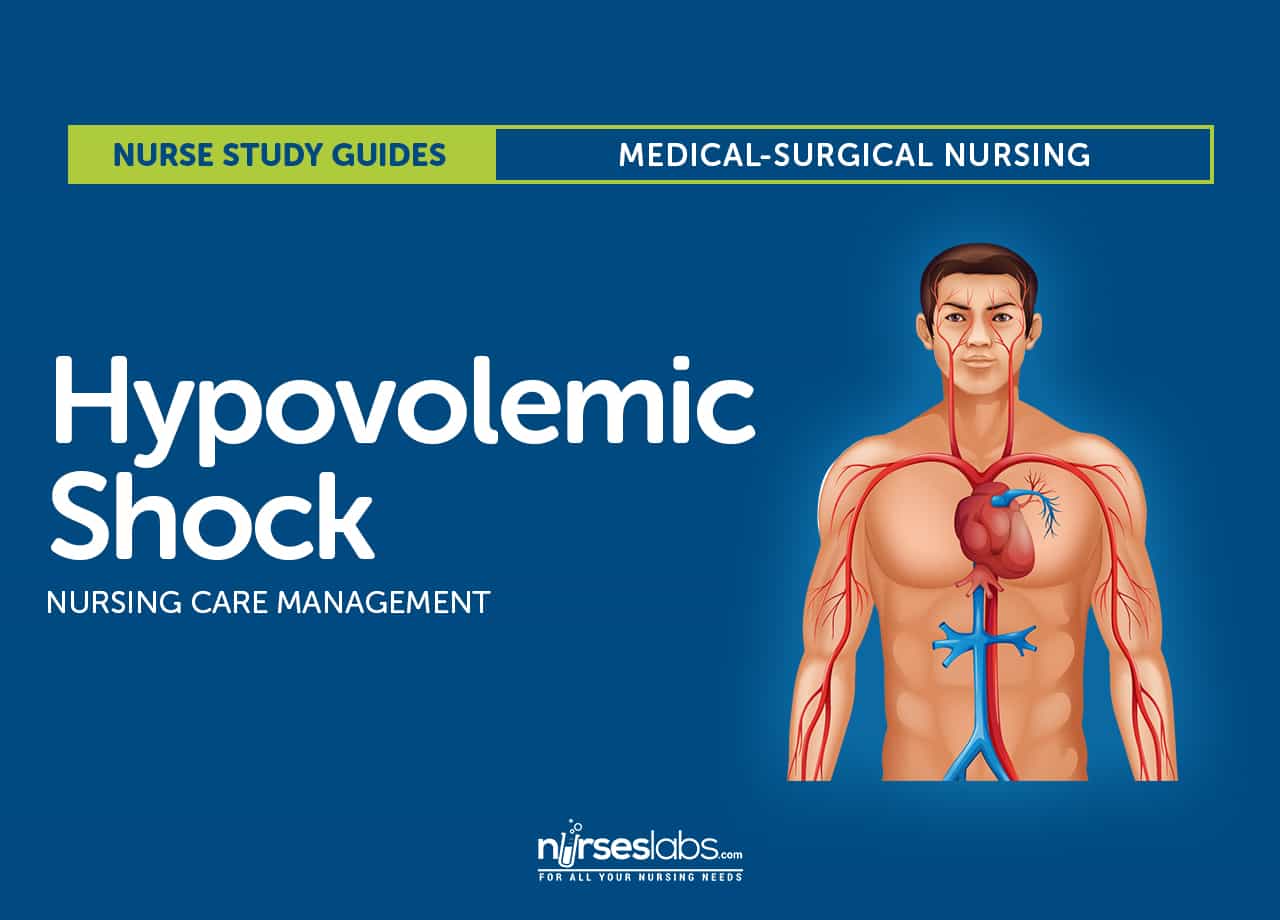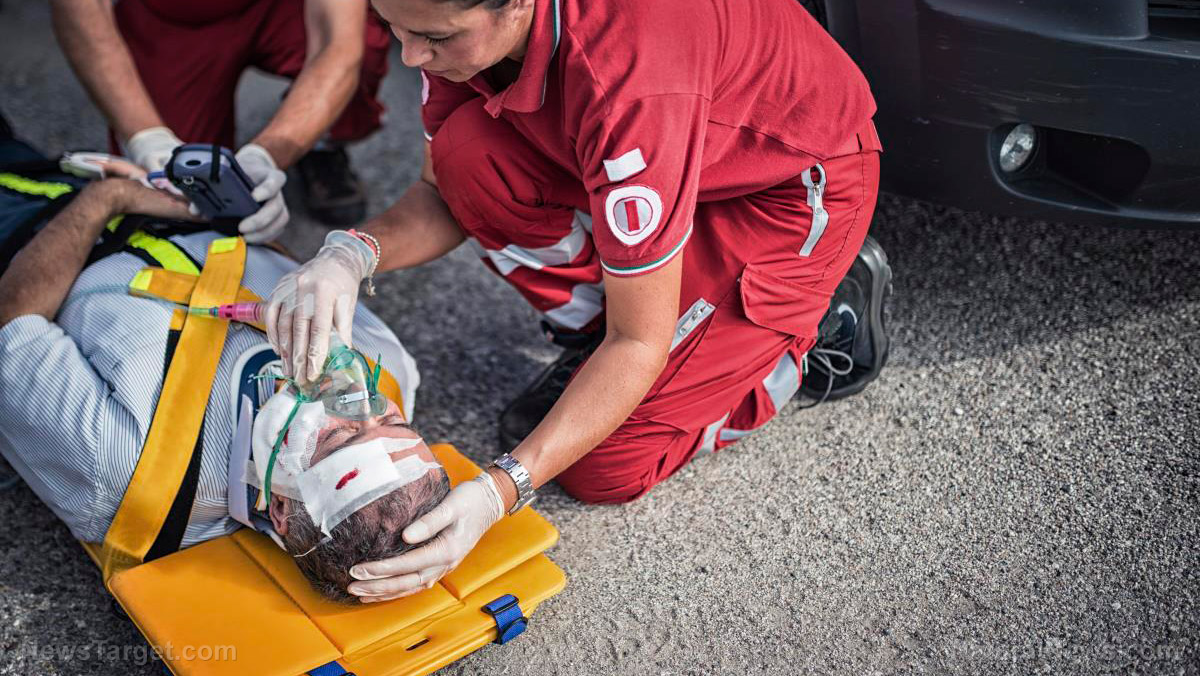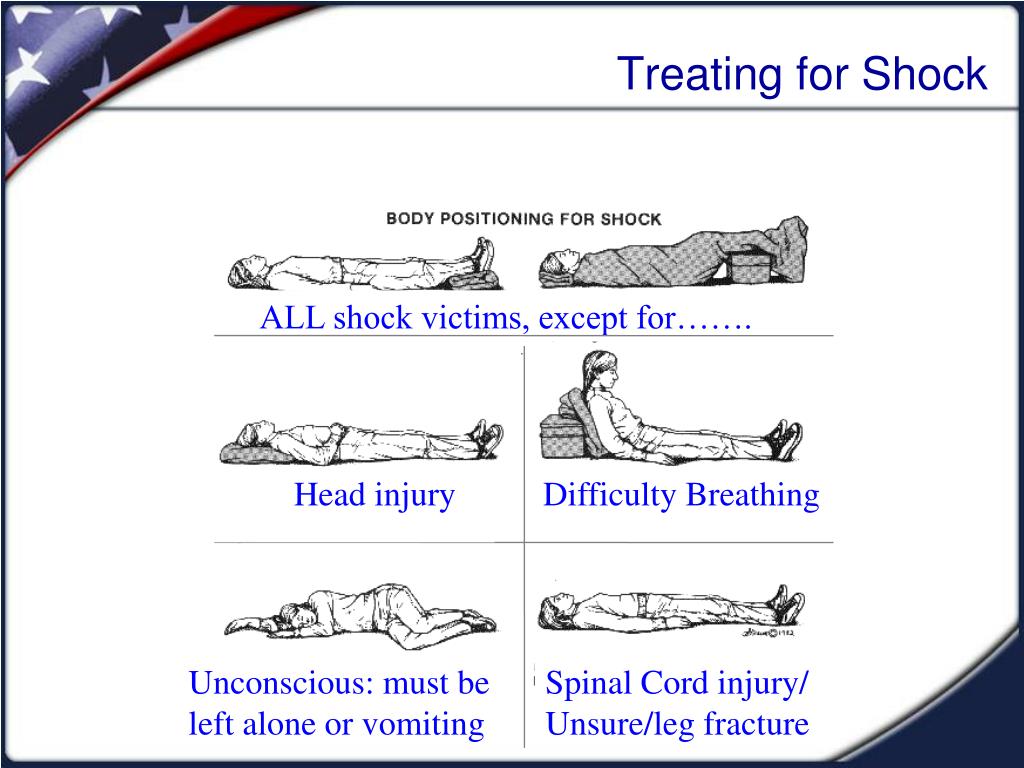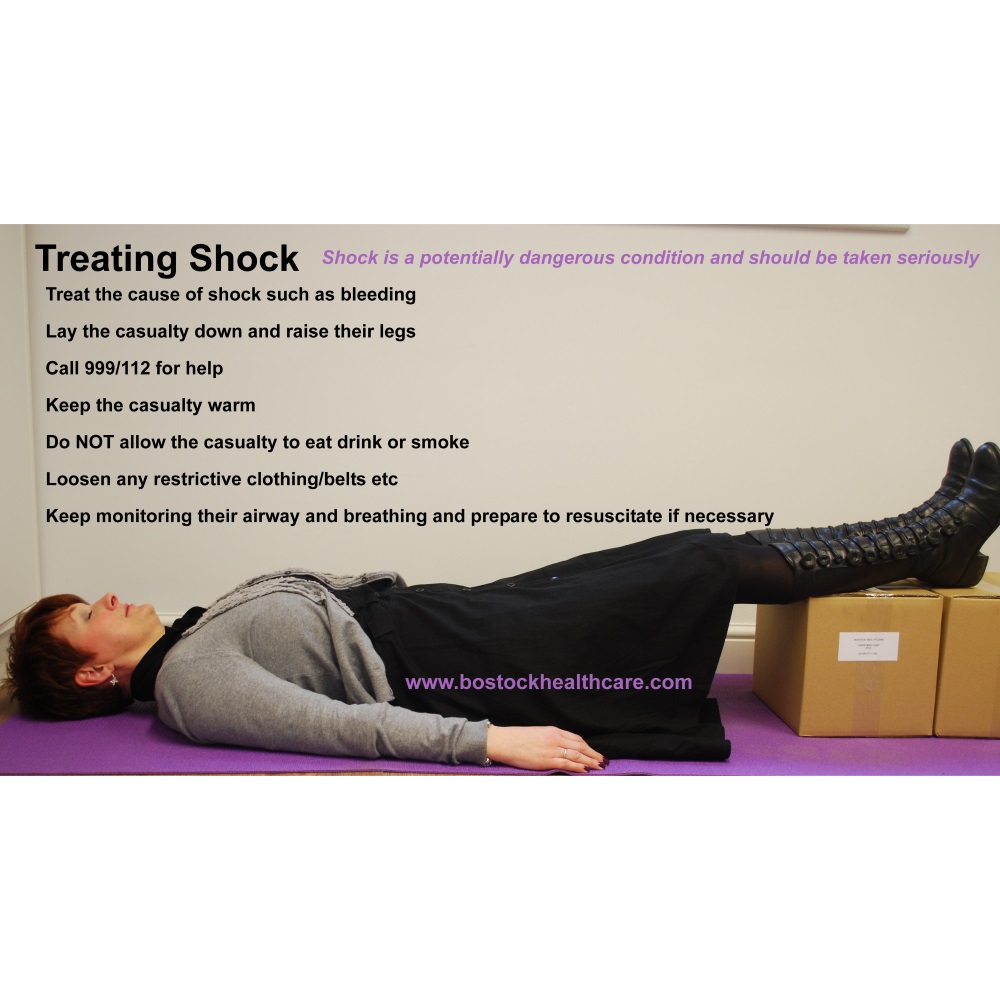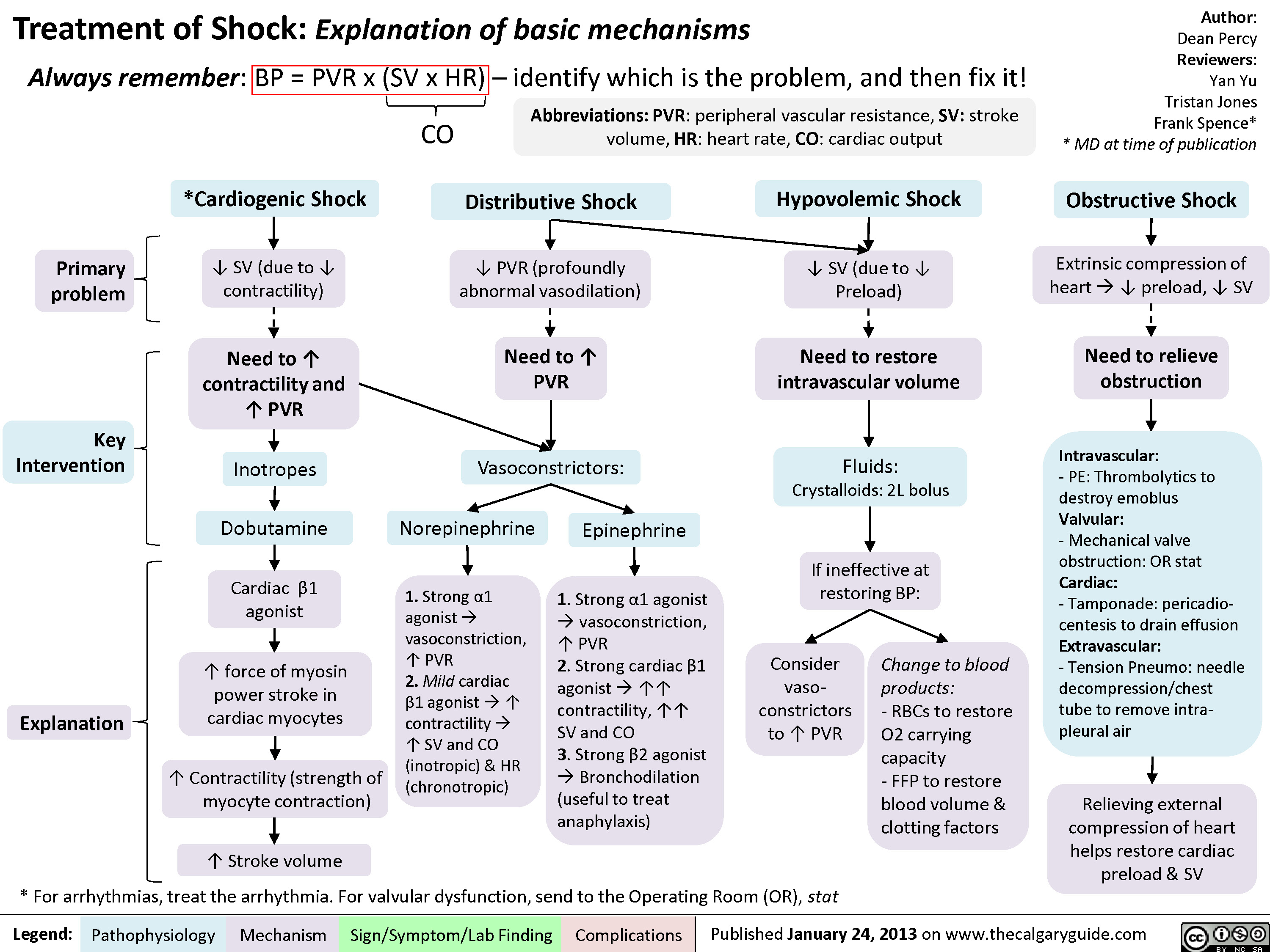Breathtaking Tips About How To Treat A Patient For Shock

Do not raise their legs.
How to treat a patient for shock. Help the patient to lie down. The trainer explains the causes of shock, the signs &. Treatment recovery prevention physiologic shock is when you don’t have enough blood to support your organs and tissues.
(ap) — the alabama supreme court has ruled that frozen embryos can be considered children under state law, a decision critics said could. Emergency treatment rehabilitation and recovery shock means that blood is having trouble circulating throughout the body. By mayo clinic staff.
Shock prevention includes learning ways to prevent heart disease,. A st john ambulance trainer demonstrates how to treat shock (not to be confused with emotional shock). Treatment diagnosis cardiogenic shock is usually diagnosed in an emergency setting.
If someone has any of the conditions above, which can reduce the circulation or blood flow, they could develop shock, so you may need to treat them for this. Shock is a critical condition brought on by the sudden drop in blood flow through the body. Overview what is hypovolemic shock?
The danger from an electrical shock depends on the type of current, how high the voltage is, how the current. It is a medical emergency that can. Lay the person down, if possible.
The most important step in treating this form of shock is to control bleeding. What to do follow drsabcd. At the hospital, you may need medicines and a procedure to restore.
For emergency physicians, knowing how to treat a patient in. Manage severe bleeding then treat other injuries. Do not raise their legs.
Signs and symptoms may gradually develop. However, if the victim is already showing signs of shock, it's important to take the. Manage severe bleeding then treat other injuries.
Treating an injury, such as splinting a fracture or cooling a burn, is also treatment for shock, since this may address the cause of the shock. Keep the patient warm with a blanket or similar. Immediately after an injury, people may show little evidence of experiencing shock.
For a child, start cpr for children. Shock may result from trauma, heatstroke, blood. It is not a condition but a result of an illness or injury.



